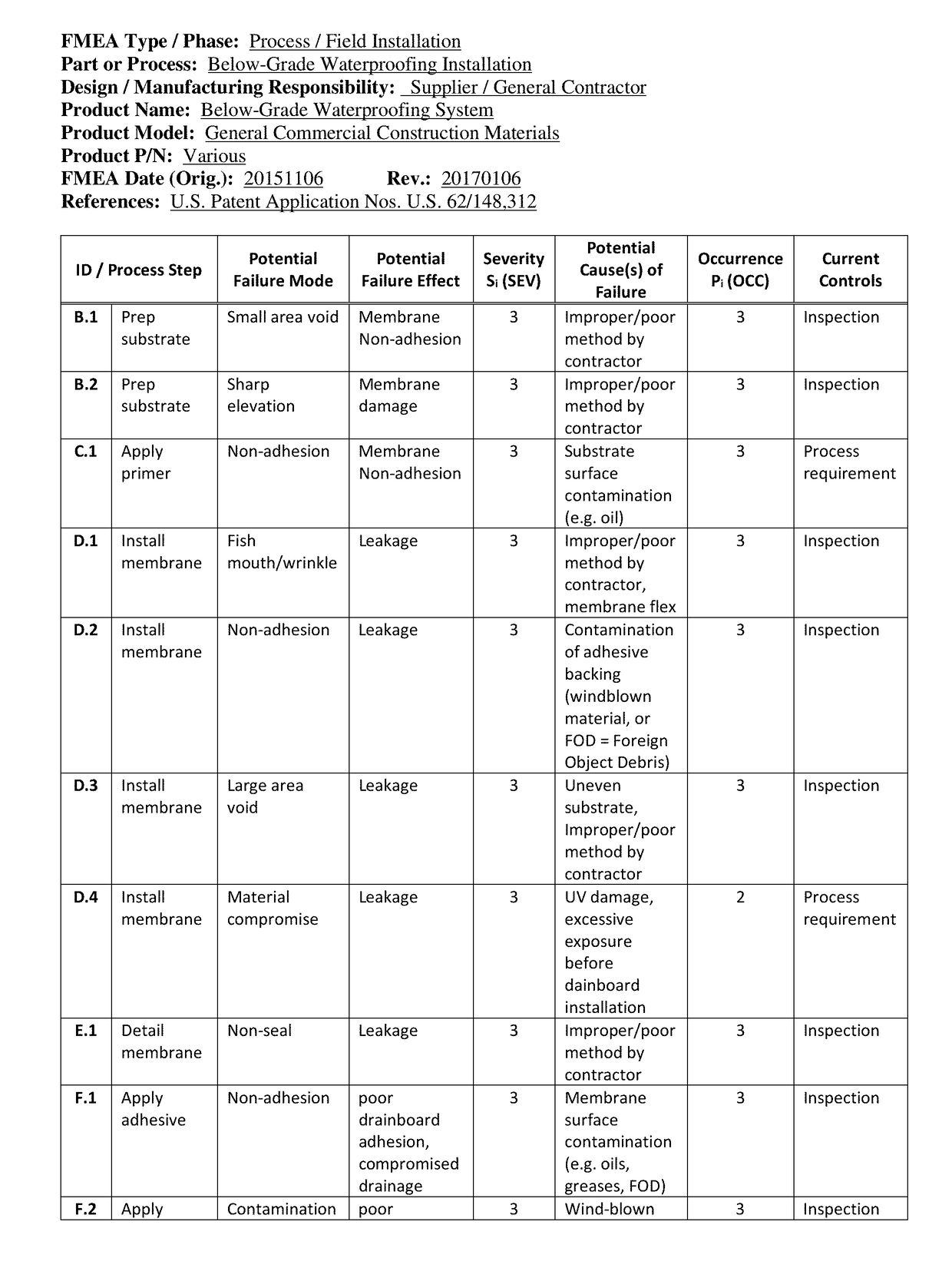Integrated waterproofing and drainage system with intrinsic leak detection for building structures and methods of use
a drainage system and waterproofing technology, applied in the field of building structure protection, can solve the problems of inability to detect leakage, inability to maintain water tightness, and inability to wash away, so as to reduce the total cost of the system, improve the installation quality, or eliminate the variation in quality
- Summary
- Abstract
- Description
- Claims
- Application Information
AI Technical Summary
Benefits of technology
Problems solved by technology
Method used
Image
Examples
Embodiment Construction
I. Overview
[0066]The inventive disclosures contained herein are designed to address the limitations of the above-identified existing art. To improve and / or eliminate the variation in installation quality from the layered multistep field-installation of commercial waterproofing systems, the job-site assembly technique is replaced with a factory-controlled process that bonds geocomposite drainage panels to waterproofing membranes prior to installation. Additionally, a filter layer of each geocomposite drainage panel is mechanically captured by a factory-applied outer perforated anti-abrasion layer made from the same material as the core of the drainage panel, which acts to protect the filter material from puncturing and tearing. Finally, the waterproofing membrane incorporates an electrically conductive layer that allows the membrane itself to serve as an electronic sensor and provide a means for installation verification through capacitance measurement, characterization of the instal...
PUM
| Property | Measurement | Unit |
|---|---|---|
| thick | aaaaa | aaaaa |
| time | aaaaa | aaaaa |
| thicknesses | aaaaa | aaaaa |
Abstract
Description
Claims
Application Information
 Login to View More
Login to View More - R&D
- Intellectual Property
- Life Sciences
- Materials
- Tech Scout
- Unparalleled Data Quality
- Higher Quality Content
- 60% Fewer Hallucinations
Browse by: Latest US Patents, China's latest patents, Technical Efficacy Thesaurus, Application Domain, Technology Topic, Popular Technical Reports.
© 2025 PatSnap. All rights reserved.Legal|Privacy policy|Modern Slavery Act Transparency Statement|Sitemap|About US| Contact US: help@patsnap.com



